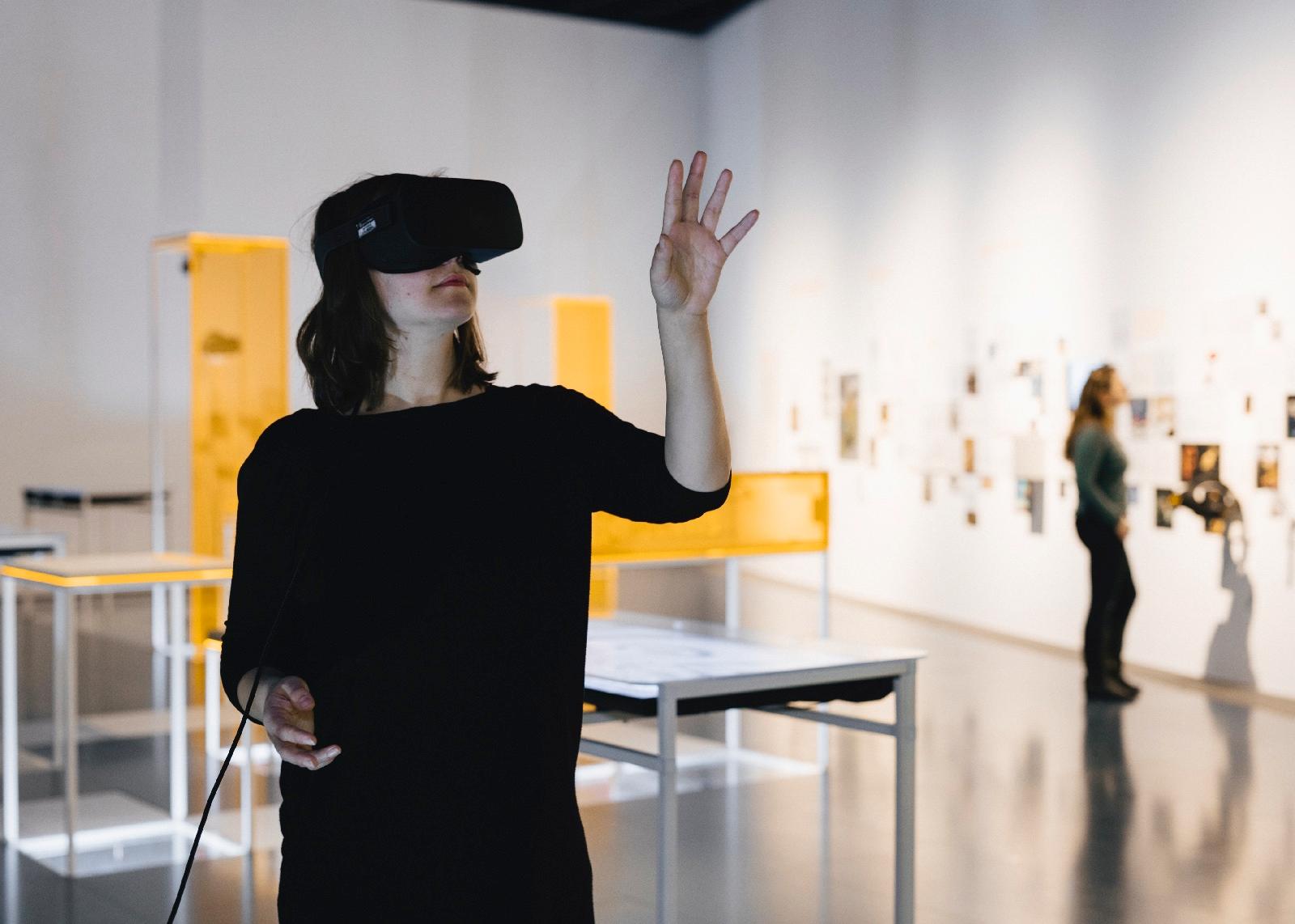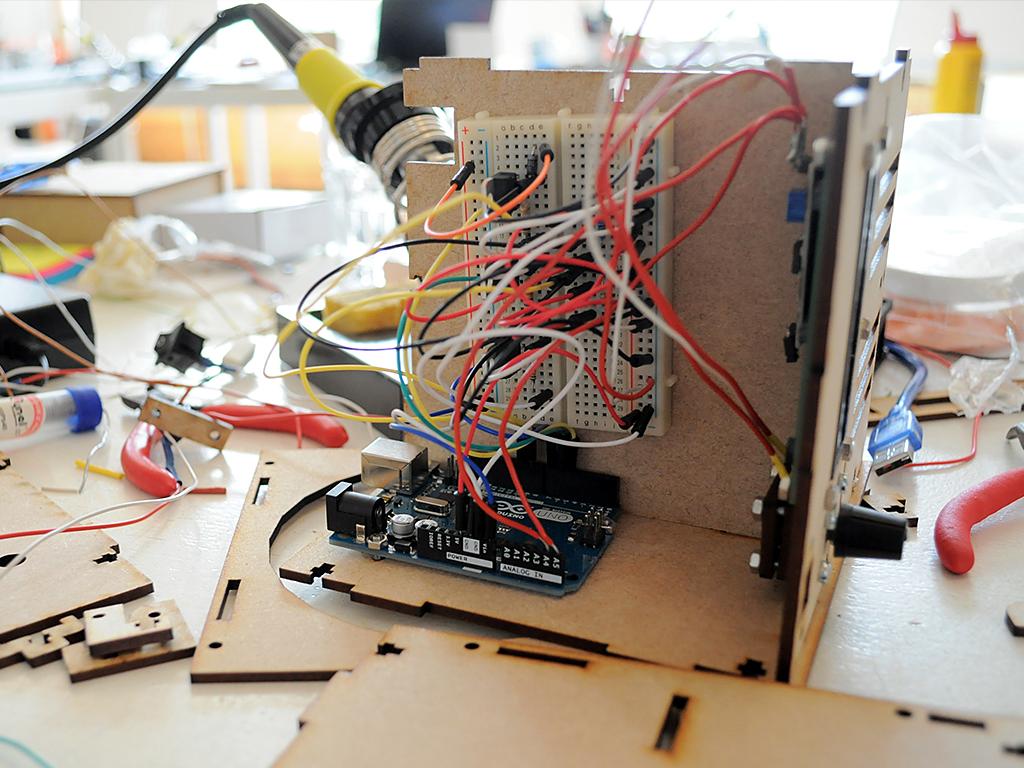The 'Critical Making' project has delivered a position paper, that I would like to share here. It is the outcome of three meetings in May and June, and is written by Florian Cramer, Lucas Evers, Akiem Helmling, Klaas Kuitenbrouwer, Marie-José Sondeijker, and Janneke Wesseling. A full pdf version (that includes references) is also available.
1. Why Critical Making?
As a result of globalization, social and technological developments, we increasingly witness practices that cross the disciplinary boundaries of art, design, engineering and technological making and (artistic) social intervention. Sometimes these practices unfold within established contexts of art spaces, design culture, technology labs and activist projects. Increasingly, however, they leave their respective boundaries; for example, when contemporary art spaces are used for political assemblies and Internet anonymization services, when social design and community art becomes neighbourhood activism4, when a media design grows into a technological development project for empowering contemporary artists. Often, the positioning of these projects as "art", "design", "technology", "activism" is merely tactical (or even opportunistic), tailored to the now-existing institutions and discourses which are still acting within the categories of the Western 19th and 20th century arts.
'Critical Making' has the potential of giving these practices a common name. Originally coined in the context of design culture and do-it-yourself technology, it gathers (a) practices that are defined by a common characteristic of criticality rather than a common disciplinary and institutional context and (b) work approaches and attitudes of thinking-through-practice.
Through the latter, Critical Making does not only cut through the disciplinary divides of art, design, activism and technology. In Critical Making, there is no longer a divide between critical theory and artistic practice, but the practice itself is critical and philosophical. In this regard, Critical Making corresponds with contemporary philosophies that question the divide between idea and matter. But where this thinking still manifests itself in the classical format of written theory, Critical Making negates the dichotomy between making and thinking.
2. Where does Critical Making takes place?
To date, Critical Making - as coined by Matt Ratto and Garnet Hertz - refers to design practices that critically engage with technology. Open Source cultural production therefore is a general characteristic of Critical Making. This may entail alternative forms of authorship and copyright, as well as a reconfiguration of traditional linear design workflows of conceptualization, construction and distribution. Distribution, in this context, includes multiplication and archiving. In networked Critical Making processes, all these efforts can take place simultaneously and anywhere.
Critical Making in this sense is not confined to particular sites. While Critical Making, in Ratto’s and Hertz’ original perspective, had the Maker movement and its Maker spaces (i.e. FabLabs, hacklabs and other public workshop facilities for distributed, personal digital fabrication) as its points of departure, their concept has become highly inclusive and therefore emancipated itself from this specific context.
In our project, we experimentally take the concept of Critical Making outside the Maker movement and Maker spaces into the larger, general field of contemporary art and design practices. The question is: Can Critical Making reinvigorate the concept of criticality in art and design theory and practice, in a technologically informed cultural field? Can existing art and design practices conversely radicalize the criticality of Critical Making? And how can this be made constructive?
3. Why an arts perspective on Critical Making?
The notion of Critical Making is not specific to art and design, but potentially encompasses any practice that combines making with criticality. This inclusivity - which many art and design movements fought for in the previous century - is without doubt an asset of Critical Making. Still, we think that a more specific arts perspective might not constrain, but will enrich the Critical Making discourse with two specific qualities: artistic research and criticality of discourse.
The liaison between thinking and making characterizes Critical Making as well as artistic research as it was established as a new academic discipline at the end of the 20th century. Artistic research typically involves practices in which textual and artistic approaches are closely interrelated. In artistic research, the researcher produces writing that critically reflects on the making, while conversely the practice informs and feeds into the writing. How artistic research may expand the vocabulary of Critical Making will be subject of further investigation.
Traditionally, contemporary art has had an edge over design in regards to the rigor of its critical discourse. Drawing on critical theory, conceptual art and institutional critique have radically addressed issues of gender, class, ethnicity and even questioned art as such, in its aesthetics, ethics, economics and politics. There needs to be research on the extent to which this radicality can inform expanded notions of Critical Making.
Conversely, the Open Source and DIY practices of Critical Making can be constructively used to question under-reflected and under-criticized modes of production and distribution in contemporary art: authorship, intellectual property, ownership, privileges of participation.
4. Where our project aims tomake a difference
In our research project, we will address the following new questions:
- How can art, design and technology fulfil a critical and reflexive role in society, including “the possibility of revealing and challenging power relations” (Mouffe, Agonistics, Thinking the World Politically, 2013, 81)?
- How can aesthetics still play a role, other than as surface aesthetics of consumer culture and of commodification based on advertisement?
- We observe that the 21st century creative industries as a hybrid of art, design and technology have largely subsumed 20th century art and culture under economic terms. Critical Making offers an alternative logic of including creative disciplines into an overarching concept that is not economically, but socially and artistically driven.
Concluding questions to be addressed, partly taken from visitor feedback:
- How do we position making?
- How do we understand criticality? (See related text in full project description) Can Critical Making be a pedagogy?
- To which degree are our points descriptive or prescriptive? Who needs a new concept?
- Which difference do we make to existing concepts of Critical Making? How far can histories of Critical Making be extended into the past?


